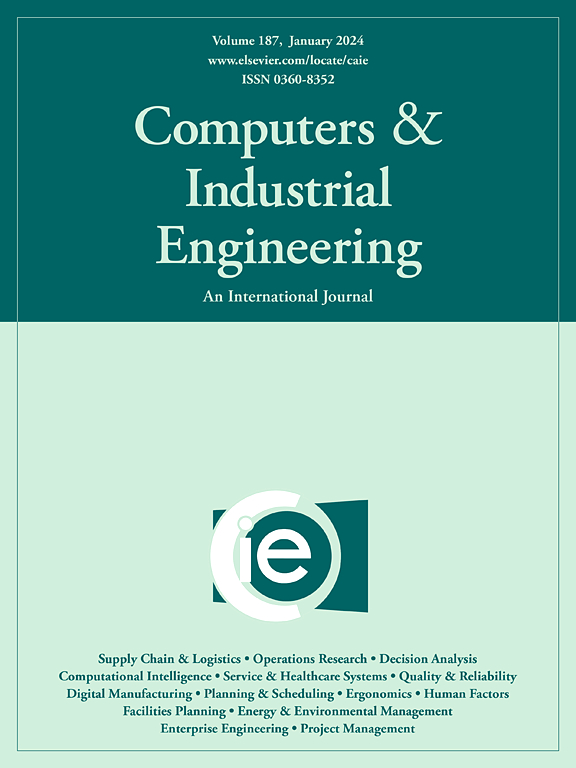基于风险优先级数和可靠性的测量仪器校准间隔的机器学习预测
IF 6.5
1区 工程技术
Q1 COMPUTER SCIENCE, INTERDISCIPLINARY APPLICATIONS
引用次数: 0
摘要
本研究开发并引入了一种基于风险优先数(RPN)和可靠性(R)特征的机器学习(ML)预测测量仪器校准间隔的新技术。该方法通过考虑风险、基于仪器生命周期分布的R和ML技术来预测校准间隔。为了验证这种预测方法,使用了该钢铁公司220台测量仪器的相关数据,对本节中的每台测量仪器,根据该公司专家的意见,确定RPN,然后根据每台测量仪器的生命周期分布,计算可靠性指标。使用K-Means聚类技术对数据进行标记,将220台测量仪器按12个月、18个月和36个月的校准间隔分为三组。然后,为了预测新测量仪器的校准间隔,我们使用了机器学习在维护中应用的三种常规分类器,即K-NN、RF和SVM,并对新测量仪器的数据进行了测试。最后,根据数据类、K-NN和RF方法评估这三种预测方法的性能准确性提供了更好的性能。本文章由计算机程序翻译,如有差异,请以英文原文为准。
Prediction of measuring instrument calibration interval based on risk priority number and reliability using machine learning
The present study develops and introduces a new technique for predicting the calibration interval of Measuring instruments using machine learning (ML) with the features of risk priority number (RPN) and reliability (R). The proposed method predicts the calibration interval by considering risk, R based on instrument life cycle distribution and ML techniques. To check this prediction method, the data related to 220 measuring instruments of the steel company were used, and for each measuring instrument in this section, according to the opinion of the company’s experts, RPN was determined, and then based on the life cycle distribution of each, the Reliability index was calculated. Two hundred twenty measuring instruments were placed in three clusters of 12-month, 18-month, and 36-month calibration intervals using the K-Means clustering technique to label the data. Then, to predict the calibration interval of new measuring instruments, three conventional classifiers in the application of ML in maintenance, namely K-NN, RF, and SVM, were employed and tested for the data of the new measuring instruments. Finally, evaluating the performance accuracy of these three methods for prediction according to the data class, K-NN, and RF methods provided better performance.
求助全文
通过发布文献求助,成功后即可免费获取论文全文。
去求助
来源期刊

Computers & Industrial Engineering
工程技术-工程:工业
CiteScore
12.70
自引率
12.70%
发文量
794
审稿时长
10.6 months
期刊介绍:
Computers & Industrial Engineering (CAIE) is dedicated to researchers, educators, and practitioners in industrial engineering and related fields. Pioneering the integration of computers in research, education, and practice, industrial engineering has evolved to make computers and electronic communication integral to its domain. CAIE publishes original contributions focusing on the development of novel computerized methodologies to address industrial engineering problems. It also highlights the applications of these methodologies to issues within the broader industrial engineering and associated communities. The journal actively encourages submissions that push the boundaries of fundamental theories and concepts in industrial engineering techniques.
 求助内容:
求助内容: 应助结果提醒方式:
应助结果提醒方式:


